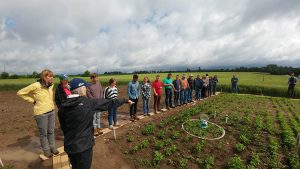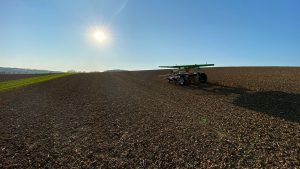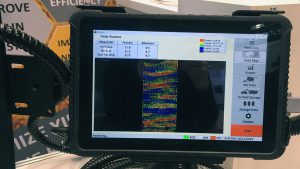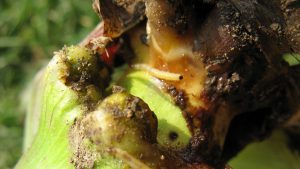Cropside: SCN results explained
AGRONOMIC INFORMATION FROM ONTARIO'S CROP SPECIALISTS

WHEN IT COMES to soybean cyst nematode (SCN) testing, the fall is a perfect time to sample since it takes into account any significant SCN population changes that have occurred during the growing season. Remember, the results of the test are only as good as the soil sampling technique. Therefore, it is necessary to obtain a soil sample that is representative of the field. Ideally the number of acres in any one sample should not exceed 20 to 25 acres. The fewer acres a sample represents the more accurate the results will be. Having said that, one large field sample (50-100 acres) is better than no sample at all. Make sure to clearly mark that the samples are for a SCN test and they can be sent to any of the SCN testing labs in the province (OMAFRA Agronomy Guide Publication 811 – Appendix E, page 413).
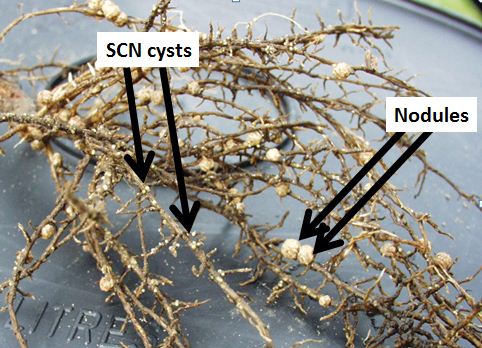
When you get your test back what does it mean? First, it lets you know if you have SCN and the potential yield loss risk based on field SCN population levels (Table 1). If you get a “Not Detected” it does not necessarily mean SCN is not present but could be below detectable levels, or SCN levels are variable in the field and these pockets where not captured in the sampling pattern. It does mean you should continue to monitor these fields.
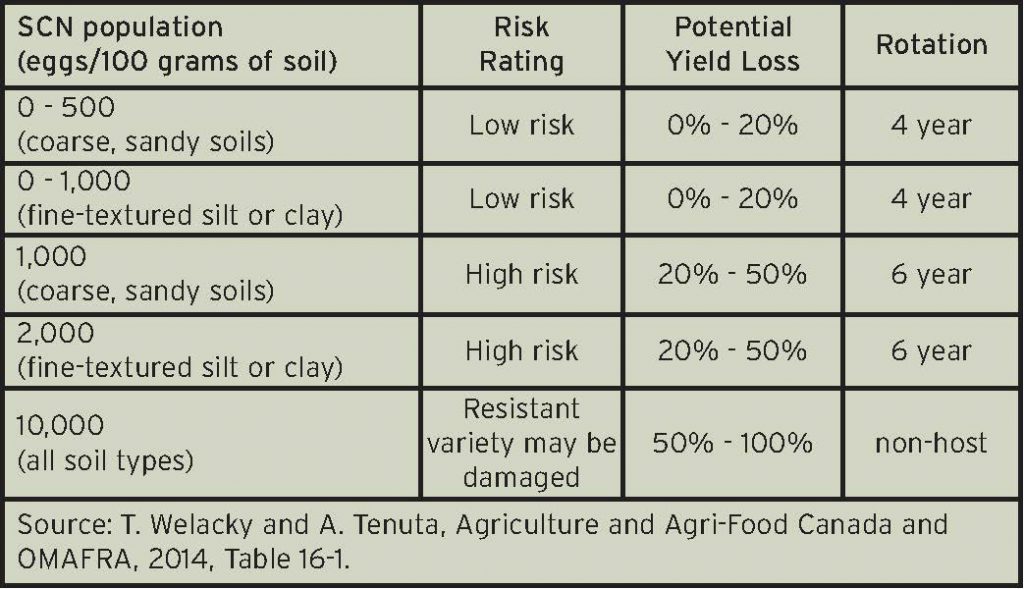
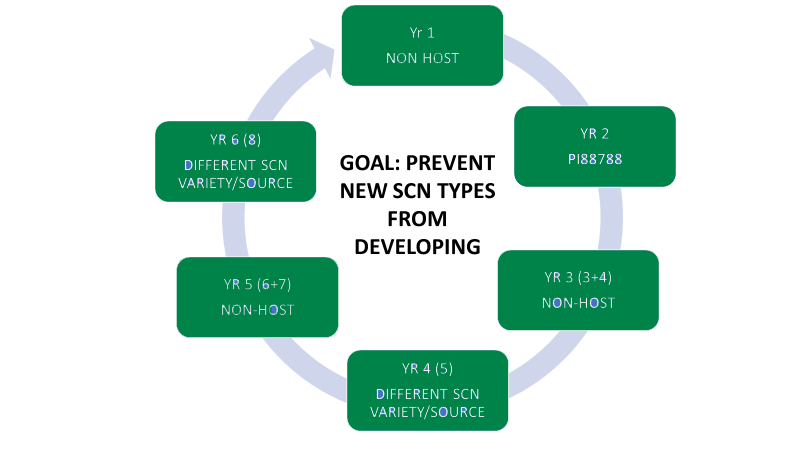
Anything below 1,000 eggs/100 grams of soil is considered low risk with a potential yield loss for susceptible varieties ranging from zero to 20 per cent and a resistant variety should be grown or rotate to a non-host crop (corn/wheat). In moderate to high risk fields (1,000 to 10,000 eggs/100 grams soil), potential yield losses range from 20 to 50 per cent and SCN resistant varieties will likely be impacted especially those containing the PI88788 source of resistance. Fields with more than 10,000 eggs/100 g of soil should be rotated to non-host crops for two years and then sampled again to determine if populations have declined sufficiently for soybeans (Figure 2). A susceptible variety will see significant yield losses as well as those containing the adapted PI88788 population (SCN Type 2).
If your SCN levels are decreasing, this is great news and indicates your management program is working. If your SCN levels are rising, this is a big red flag that the problem is getting worse. Although SCN cannot be eliminated it can be beaten. The first step is identification, so get out there and sample. Take the test and beat the pest! Know your number!
For more information please visit the SCN Coalition website at www.thescncoalition.com or OMAFRA Agronomy Guide Publication 811 at www.omafra.gov.on.ca/english/crops/pub811/p811toc.html).
Ontario’s participation in the SCN Coalition is supported by Grain Farmers of Ontario through Canadian Agricultural Partnership funding. •

















